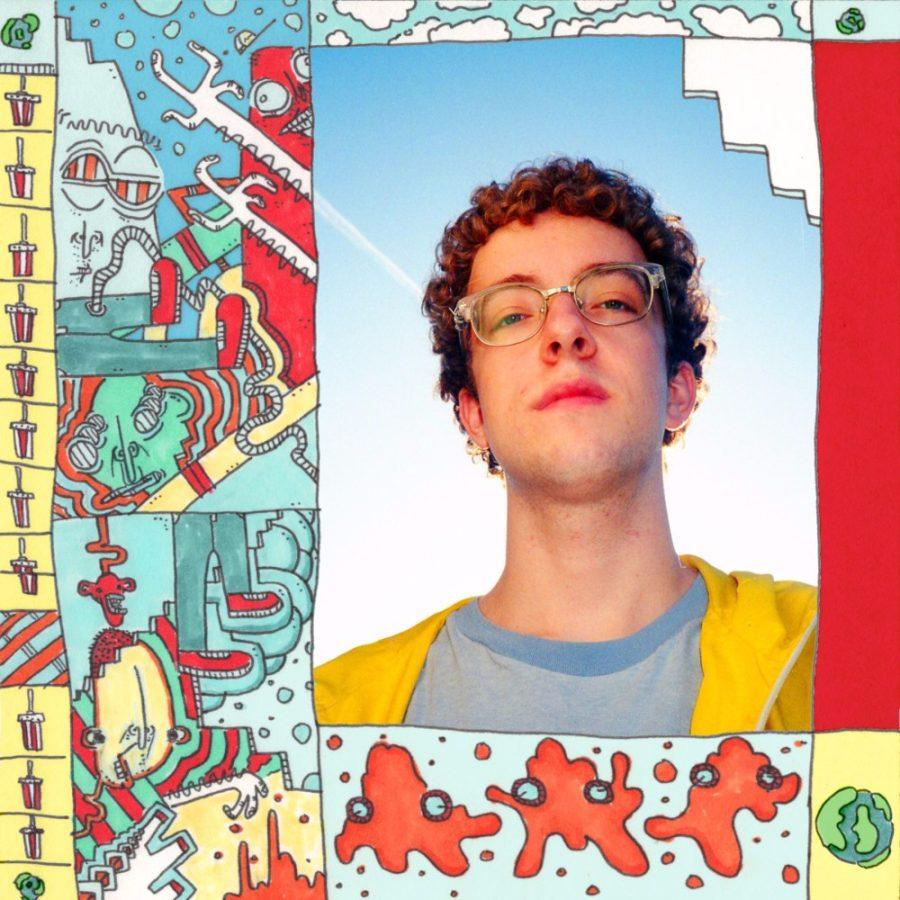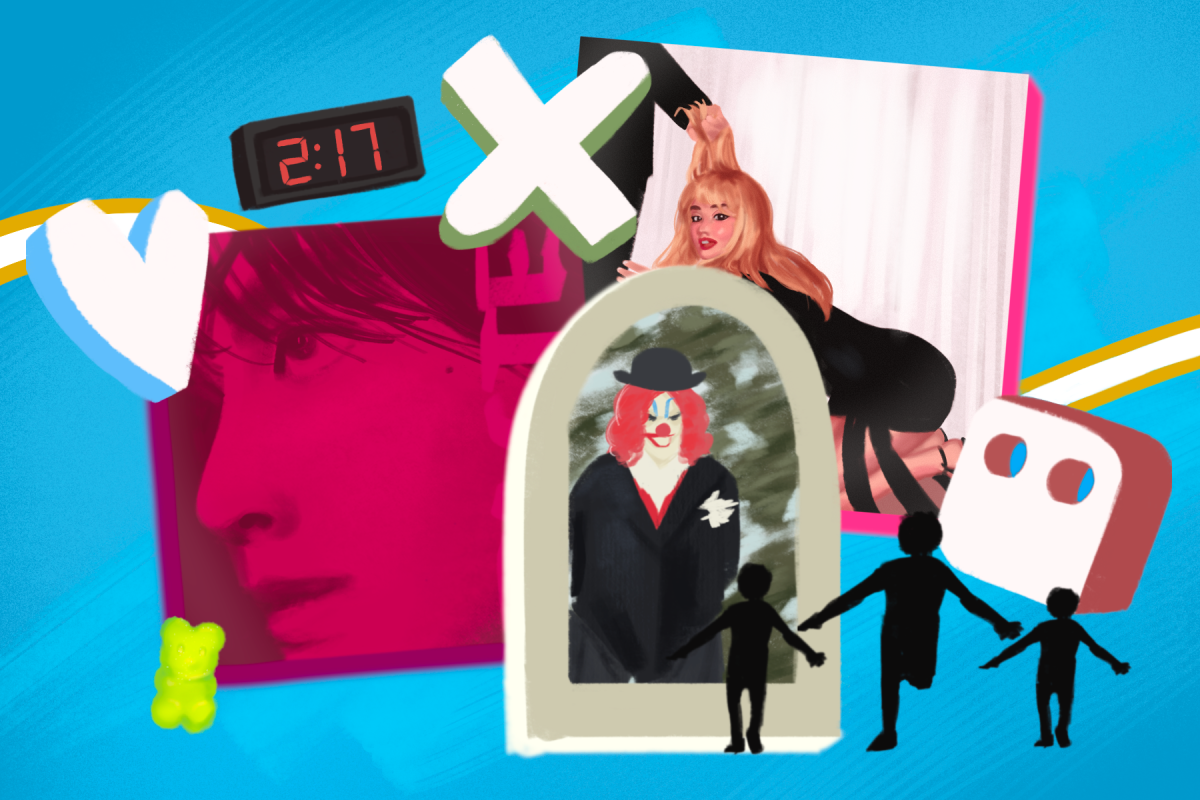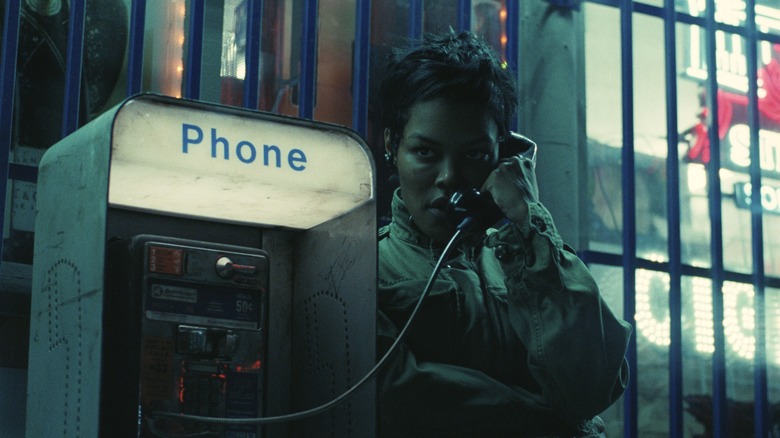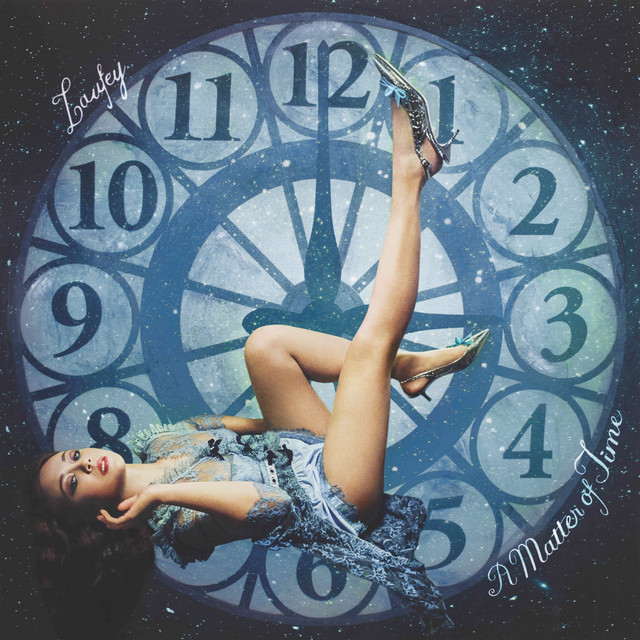In this retrospective, A&E Staff Writer Hector Arrieta looks back on Zack Villere’s 2017 debut album “Little World” and how it still resonates with listeners of all ages four years later.
The year was 2017. I still used Snapchat. I regularly tuned into Complex’s content on the “Discover” page because I was a bored 16-year-old. One day, the topic was about rappers who represent (or “rep”) different cities than where they are from, and that’s where I saw him: Zack Villere. Villere was (and is) a rapper from Louisiana who reps my hometown Los Angeles (, at least according to Complex. The recommended song was “Cool” — yes, that is the name of the song. While I cannot speak to the claim of him repping Los Angeles, I was excited to see Los Angeles being posted, so I checked out Villere’s music. I listened to his 2017 debut album “Little World,” where the song “Cool” was featured. To my surprise, Villere wasn’t much of a rapper, but more an alternative R&B singer. I spent the entire summer of 2017 listening to that album from beginning to end, and even four years later, I still can’t help but play this album at least several times a year. I personally feel that “Little World “flew under the radar and never truly received the recognition it deserved. I mean, there had to be a reason why I never got bored of this album, and here are just a few of them.
Let’s begin on the surface level by discussing the sound of the album. The majority of the album features instrumentals that are reminiscent of lo-fi and chill hip hop, featuring soft, snappy drums and mellow synthesizers. Notable tracks of this style include “Bloo” and “Cool.” Although the majority of the songs are of the chill hip hop beats variety, the most sonically distinct song is the first track, “Exposition.” The best way to describe the song is through explaining a bit about Villere himself. Villere designed the album cover of “Little World” and it is a solid representation of his art style. I would describe it as fantastical, featuring colorful, misshapen characters that look like something you would find on “Ren and Stimpy,” a Nickelodeon cartoon from the ‘90s. The sound of “Exposition” is similar to his art because both the track/song and the art cover make the audience feel like they are entering the fantastical world of Villere’s mind. The way the song begins by allowing the main instrumental to quickly gain speed, is akin to when you enter a space filled with light after being in complete darkness. It’s these initial 20 seconds of “Exposition” that have time and time again drawn me back to listen and hypnotized me to stay. Yet, the album has so much more to offer than its relaxing sounds.
Digging a bit deeper into the album, one of the things that I always enjoyed about it is how relatable Villere is on the album. Despite our eight-year age difference, I could really see myself in him when I was 16. Now that I’m closer to 22, the age at which Villere released this album, I relate to him more than ever. “Little World” tackles his self-esteem issues, the troubles of break ups and what comes after, and the uncertainty of what the future holds. “Cool” explores Villere’s self-image issues. The entire song is filled with contradictions of what he thinks of himself. On one hand, he seeks the validation of others and puts himself down, singing “Yeah, can you tell that I’m cool? / I’ve always wanted to be cool / But I’m not that cool, that cool.” On the other hand, he reassures himself that he is cool despite what he may think of himself at times: “I don’t wanna be me / But that’s only half of the time / ‘Cause inside I know I’m cool, so cool.” At 16 — and even now at times — I find it relatable to tell yourself that you’re cool but still want reassurance from others on what you think of yourself.
Songs “Bloo,” “Next,” and “Look Right Thru” all revolve around Villere’s experiences with his crushes and past relationships. “Bloo” follows Villere recounting a romantic experience with a girl, “And then we start making out / While we’re listening to Cherry Bomb / Order pizza then we take it outside,” only for the scenario to all have been in his imagination, “I wake / I open my eyes … I see your face / You’re looking at me / Wondering what to do / You’re thinking ‘who are you?’ / (It’s Zack remember?, Uh…I don’t think so).” The other two songs relate his experience with a breakup. “Next” focuses more on the uncertainty of what to do after the end of a relationship, while “Look Right Thru” focuses on him still not having come to terms with the breakup despite his ex no longer acknowledging him. The experiences in these songs add to the journey of going through Villere’s mind. The songs give insight to what Villerelongs for: love, something that everyone hopes to experience.
Lastly, “22” revolves around the uncertainty of the future. Villere says he doesn’t want to think about either the past or future, yet he cannot help but do both. The past is represented by an interlude of a phone recording, and the future with his realization that he is almost 22-years-old. The listener, especially those who are entering their 20s, can possibly relate toVillere. A person’s early 20s is similar to Villere’s experience in the song, stuck between the recent memories of being a teenager and entering adulthood.And now, four years later, the lyrical and thematic content of the album sticks with me more than ever. I feel the closer I get to 22 (I’m 20), this album will continue to be a large part of my life, possibly even being more important than when I first listened to it at 16.
Image courtesy of Genius.










